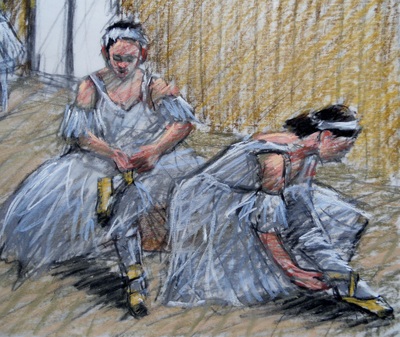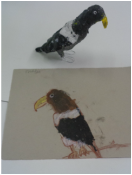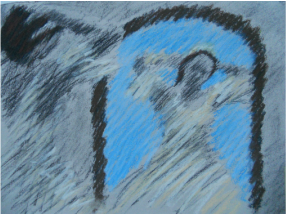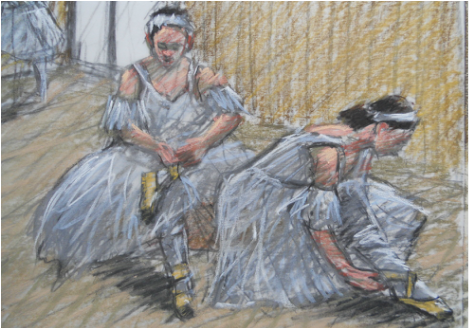
A few months after the book was published I was contacted by a film maker Phil Grabsky of Exhibition on Screen www.exhibitiononscreen who was making a film about Renoir's late nudes and exploring his life and work through the collection at The Barnes Foundatioin, Philadelphia. He interviewed me on film and asked me to demonstrate some of the artist's approaches and discuss the ways in which Renoir's technique and his use of colour evolved in the later years. The film has it's premier tomorrow in London and will be shown first in Edinburgh on 23rd February at The Vue cinema, Omni Centre, 7pm. http://www.myvue.com/latest-movies/info/cinema/edinburgh-omni-centre/film/renoir-the-unknown-artist and then on 14th March at The Cameo https://www.picturehouses.com/cinema/Cameo_Picturehouse/film/exhibition-on-screen-renoir-reviled-and-revered





















 RSS Feed
RSS Feed